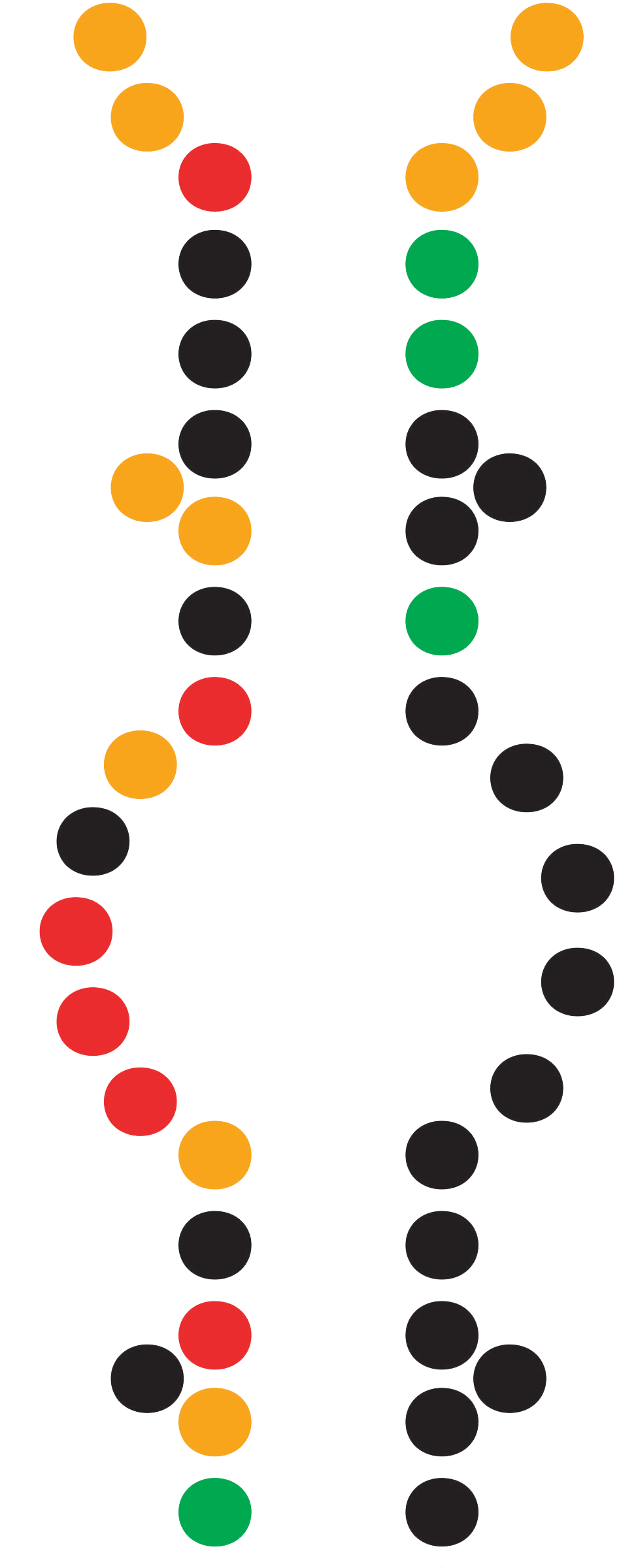Software
Software
Software is listed in roughly inverse order of publication. Links to key papers are also included. Software can also be found at our GitHub page.
RNAvigate
Advances in high-throughput computational and experimental strategies enable interrogation of many aspects of RNA structure. Understanding RNA systems holistically often requires using these strategies under structure- and function- altering conditions and iteratively exploring the resulting data with intuitive visualizations. RNAvigate makes it easier to explore pre-processed data from diverse sources, to visualize and understand these rich multi-layered data, and, ultimately, to characterize RNA structure-function relationships. RNAvigate is a Python library, but knowledge of Python and programming is not required. The interface is well documented and contains written examples for common tasks.
P.S. Irving and K.M. Weeks, RNAvigate: Efficient exploration of RNA chemical probing datasets. bioRxiv 2023.04.25.538311 (2023).
ShapeMapper 2
Mutational profiling (MaP) has become perhaps the most accurate and certainly most direct way of reading out chemical modifications in nucleic acids. ShapeMapper 2 is a completely rewritten version of our software for reading out the results of an RNA chemical probing experiment by massively parallel sequencing. ShapeMapper 2 integrates careful handling of all classes of adduct-induced sequence changes, sequence variant correction, basecall quality filters, and quality-control warnings to now identify RNA adduct sites as accurately as achieved by careful manual analysis of electrophoresis data, the prior highest-accuracy standard. ShapeMapper 2 can be used to read out SHAPE, DMS, RING, and many other classes of experiments.
S. Busan and K.M. Weeks, Accurate detection of chemical modifications in RNA by mutational profiling (MaP) with ShapeMapper 2. RNA 23, asap available (2017). pdf
deltaSHAPE
SHAPE-MaP both measures RNA flexibility at single-nucleotide resolution and quantifies the uncertainties in these measurements. The deltaSHAPE framework represents a straightforward analytical approach that incorporates these uncertainties to allow detection of RNA structural differences between any two states. The deltaSHAPE approach can be used to detect diverse functionally important differences between RNA states, including the general effect of the cellular environment, protein binding in cells, and pathway-dependent RNA conformational changes.
M.J. Smola, J.M. Calabrese and K.M. Weeks, Detection of RNA-protein interactions in living cells with SHAPE. Biochemistry 54, 6867-6875 (2015). pdf
RING-MaP
RING-MaP (RNA interaction groups by mutational profiling) makes possible single-molecule RNA structure analysis by detecting multiple sites of chemical modification in single RNA strands using massively parallel sequencing. RING-MaP single-molecule nucleic acid structure interrogation enables concise and facile analysis of the global architectures and multiple conformations that govern function in RNA.
P.J. Homan, O.V. Favorov, C.A. Lavender, O. Kursun, X. Ge, S. Busan, N.V. Dokholyan and K.M. Weeks, Single-molecule correlated chemical probing of RNA. Proc. Natl. Acad. Sci. USA 111, 13858-13863 (2014). pdf
SHAPE-MaP
SHAPE-MaP is a concise, direct, and highly accurate technology for reading out the results of an RNA or DNA structure probing experiment by massively parallel sequencing. Chemical modifications are recorded as noncomplementary nucleotides (sequence changes) during cDNA synthesis and are thus not significantly affected by whatever downstream manipulations are required to generate libraries for massively parallel sequencing. Among many uses, SHAPE-MaP makes possible highly accurate RNA secondary structure modeling on genome and transcriptome wide scales.
ShapeMapper converts raw sequencing files into mutational profiles, creates SHAPE reactivity plots, and provides extensive diagnostic information useful for experiment analysis and troubleshooting.
SuperFold is a pipeline that then uses these data to model RNA secondary structures, including pseudoknots; identify de novo regions with well-defined and stable structures; and visualize most probable and alternative helices.
Recommended sample data in a ready to use format. The same sample data in the official, hard to use, SRA repository.
N.A. Siegfried, S. Busan, G.M. Rice, J.A.E. Nelson and K.M. Weeks, RNA motif discovery by SHAPE and mutational profiling (SHAPE-MaP). Nature Meths. 11, 959-965 (2014). pdf
Differential SHAPE
The differential SHAPE experiment uses three reagents, the workhorse 1M7 (1-methyl-7-nitroisatoic anhydride) reagent to measure local nucleotide dynamics, plus NMIA and 1M6 (N-methylisatoic anhydride and 1-methyl-6-nitroisatoic anhydride) which together detect higher-order and noncanonical interactions. Among other uses, the resulting three-reagent SHAPE experiment makes possible very accurate modeling of RNA secondary structure.
G.M. Rice, S. Busan, F. Karabiber, O.V. Favorov and K.M. Weeks, SHAPE analysis of small RNAs and riboswitches. Methods Enzymol. 549, 165-187 (2014). pdf
G.M. Rice, C.W. Leonard and K.M. Weeks, RNA secondary structure modeling at consistent high accuracy using differential SHAPE. RNA 20, 846-854 (2014). pdf
QuShape
QuShape is a comprehensive, platform-independent, user-friendly, and complete software package that enables efficient, reliable, highly automated, and accurate analysis of high-throughput capillary electrophoresis-detected nucleic acid chemical probing experiments.
F. Karabiber, J.L. McGinnis, O.V. Favorov and K.M. Weeks, QuShape: Rapid, accurate, and best-practices quantification of nucleic acid probing information, resolved by capillary electrophoresis. RNA 19, 63–73 (2013). pdf

